- News
- Reviews
- Bikes
- Components
- Bar tape & grips
- Bottom brackets
- Brake & gear cables
- Brake & STI levers
- Brake pads & spares
- Brakes
- Cassettes & freewheels
- Chains
- Chainsets & chainrings
- Derailleurs - front
- Derailleurs - rear
- Forks
- Gear levers & shifters
- Groupsets
- Handlebars & extensions
- Headsets
- Hubs
- Inner tubes
- Pedals
- Quick releases & skewers
- Saddles
- Seatposts
- Stems
- Wheels
- Tyres
- Tubeless valves
- Accessories
- Accessories - misc
- Computer mounts
- Bags
- Bar ends
- Bike bags & cases
- Bottle cages
- Bottles
- Cameras
- Car racks
- Child seats
- Computers
- Glasses
- GPS units
- Helmets
- Lights - front
- Lights - rear
- Lights - sets
- Locks
- Mirrors
- Mudguards
- Racks
- Pumps & CO2 inflators
- Puncture kits
- Reflectives
- Smart watches
- Stands and racks
- Trailers
- Clothing
- Health, fitness and nutrition
- Tools and workshop
- Miscellaneous
- Buyers Guides
- Features
- Forum
- Recommends
- Podcast
TECH NEWS
Just in: SpeedX Leopard Pro
SpeedX made big news earlier in the year when its Leopard – “the first ever smart aero road bike” – raised over $2 million in pledges on Kickstarter. The higher specced Leopard Pro, fitted with a Shimano Ultegra Di2 groupset and priced at £2,400 (including VAT and duties), has now arrived for testing here at road.cc.
So, what makes the Leopard and the Leopard Pro ’”smart”?
“Leopard is equipped with a head unit using SpeedX’s unique Smart Control system,” says SpeedX. “It provides all the cycling data you need: GPS trajectory, speed, distance, cadence, altitude, calories and weather. It also delivers a visual report with a professional analysis.”
“You can plan your own cycling routes with real-time turn-by-turn navigation using the Smart Control. You can connect to the SpeedX app and easily record, save, share and analyse every detail. You can also join in global online challenges, follow your friends and challenge the leaderboards with our gaming functions.”
The Smart Control head unit (2.4in display, 320x240-pixel resolution) integrates with the stem and is designed to be clearly visible even in direct sunlight. It will track and record data for up to 800km or 40 hours, according to SpeedX.
You can scroll through the data by pushing a button at the top of the fork’s steerer tube, where the headset top cap would usually be.
The Leopard Pro and the Leopard each centre on the same Toray T1000 and T800 carbon-fibre frameset, it’s just the components that differ. The frame is an aero design with a dropped down tube, a seat tube that curves around the leading edge of the rear wheel, and seatstays that join the seat tube very low – all features we’ve come to associate with aero road bikes over the past few years. The V-type front brake sits at the rear of the slim-legged fork and the rear brake is hidden behind the bottom bracket. All of the cables run internally.
SpeedX claims that the Leopard Pro is “probably the stiffest aerodynamic bike frame in the world”, although it doesn’t offer any comparative data to substantiate that. We’ll see if we can dig anything up before we run our review.
SpeedX also claims a frame weight of 1,200g. We’ve not stripped the bike down to check, but we can tell you that the overall weight of our 57cm model is 8.76kg (19.3lb).
Our bike has a seat tube and an effective top tube that are both 570mm, and a 170mm head tube. The chainstays are short at 405mm, and the wheelbase is exactly 1,000mm. The head angle is 73° and the seat angle is 74°.
The stack (the vertical distance from the centre of the bottom bracket to the top of the head tube) is 564mm and the reach (the horizontal distance between those points) is 408mm.
That’s quite an aggressive geometry, which is what you’d probably expect on a bike of this kind. It’s a performance-type machine. Some people might find a taller front end more comfortable, but a higher body position would affect the overall aero efficiency.
Speaking of aero efficiency, SpeedX says, “Together with the Harbin Institute of Technology wind tunnel research team, we performed more than 100 air flow tests in developing the Leopard frame. In this process we found a breakthrough in the airflow over the Leopard design and we call the resulting technology ‘X-Tech’.”
SpeedX doesn’t, though, make any specific aero claims. There’s none of that “it’ll save you X seconds over Y distance” stuff.
The handlebar, stem and 50mm-deep wheels are all SpeedX’s own, as is the seatpost with its integrated rear light.
The Leopard (£1,299) is built up with a mid-level Shimano 105 groupset while the Leopard Pro that we have here has mostly Shimano Ultregra Di2 (electronic) equipment. The shifters, derailleurs, 52/36-tooth chainset and 11-28-tooth cassette are all Ultegra, with the chain coming from KMC.
The other deviation is the brakeset. These are TTV V-type brakes from TRP.
The saddle is a Fizik Arione and the tyres are Vittoria Rubinos. They’re just 23mm wide, which looks really narrow now that most other brands have moved up to at least 25mm. How times have changed!
At first sight, £2,400 looks like a bargain price for a T800/T1000 carbon-fibre aero road bike with a Shimano Ultegra Di2 groupset. Of the bikes that we’ve reviewed here on road.cc recently, the closest to the SpeedX Leopard Pro in terms of price is the Cannondale CAAD12 Disc Dura-Ace at £2,499. As the name informs you, that’s a disc brake bike so it’s not a great comparison, and the frame is aluminium. http://road.cc/content/review/182996-cannondale-caad12-disc-dura-ace It’s built up with the mechanical version of Shimano’s Dura-Ace groupset.
The Merida Scultura 6000 that we reviewed at the start of the year was £2,300. That’s a bike with a carbon-fibre frame designed with some aero features, although you wouldn’t call it an aero road bike. The groupset is Shimano Ultegra (mechanical) based, although there are some other brands chucked into the mix. Stu said that the frameset was “truly stunning”.
Right, let’s get this bad boy set up and out on the road. We’ll be back with a review of the SpeedX Leopard Pro soon.
Mat has been in cycling media since 1996, on titles including BikeRadar, Total Bike, Total Mountain Bike, What Mountain Bike and Mountain Biking UK, and he has been editor of 220 Triathlon and Cycling Plus. Mat has been road.cc technical editor for over a decade, testing bikes, fettling the latest kit, and trying out the most up-to-the-minute clothing. He has won his category in Ironman UK 70.3 and finished on the podium in both marathons he has run. Mat is a Cambridge graduate who did a post-grad in magazine journalism, and he is a winner of the Cycling Media Award for Specialist Online Writer. Now over 50, he's riding road and gravel bikes most days for fun and fitness rather than training for competitions.
Latest Comments
- redhanded 1 hour 5 min ago
I had 2 bikes stolen from bike shed outside my flat in London last year. They ended up for sale in Russia. A cycling club I'm a member of tweeted...
- Deac 2 hours 6 min ago
I tried the footrest on the way home, it's a great idea, you can keep on the saddle making it easier to get away from the traffic lights, and being...
- mdavidford 4 hours 36 min ago
"Driver fined £100 after stopping to be sick" https://www.bbc.co.uk/news/articles/ce8g13pp0plo
- ktache 4 hours 59 min ago
Not that they would be as technical, or maybe quite as grippy, but does the skate industry provide any solutions?
- wtjs 5 hours 15 min ago
the Metropolitan Police contacted Vikash to inform him that they have created a report for the incident and that the video has been “passed to the...
- Rendel Harris 5 hours 42 min ago
Sorry to be a killjoy but it doesn't amuse me at all, I hope the idiot gets caught and punished. Putting yourself on the same road as pros...
- willpom @GWRaudax 6 hours 17 min ago
Steve Poulton has just published The Cheltenham Flyer - 10th May https://www.audax.uk/event-details/calendar/13235-cheltenham_new_flyer_200
- David9694 6 hours 34 min ago
Chef left with 'car sticking out of house' on crash-hit road...
- HKR 9 hours 28 min ago
It's not 4k though. It's a 4k sensor. But when image stabilization is on, that's chopped down to little over a 1080 image. ...




















































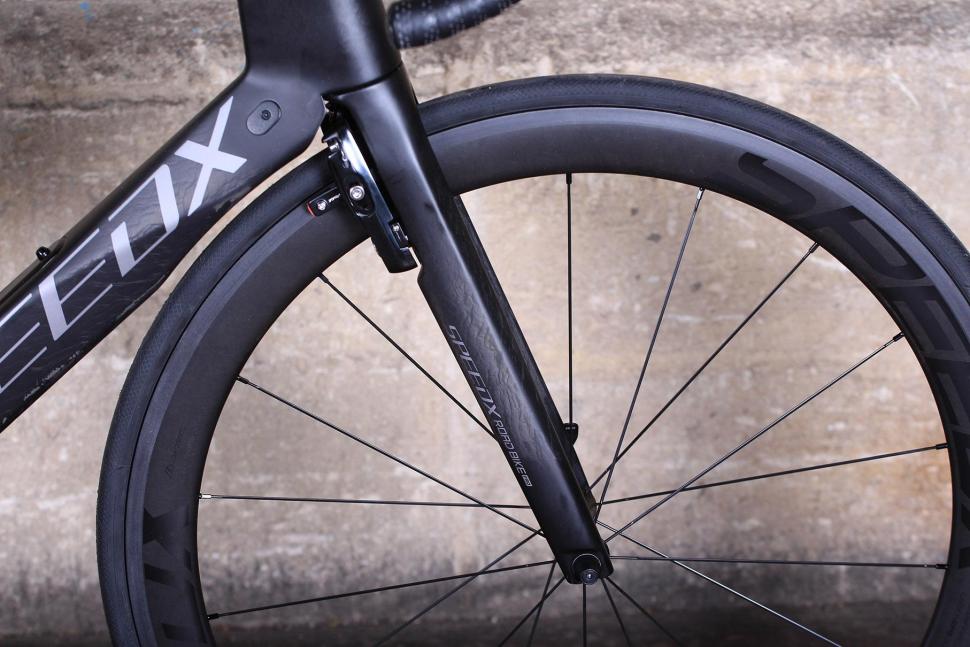




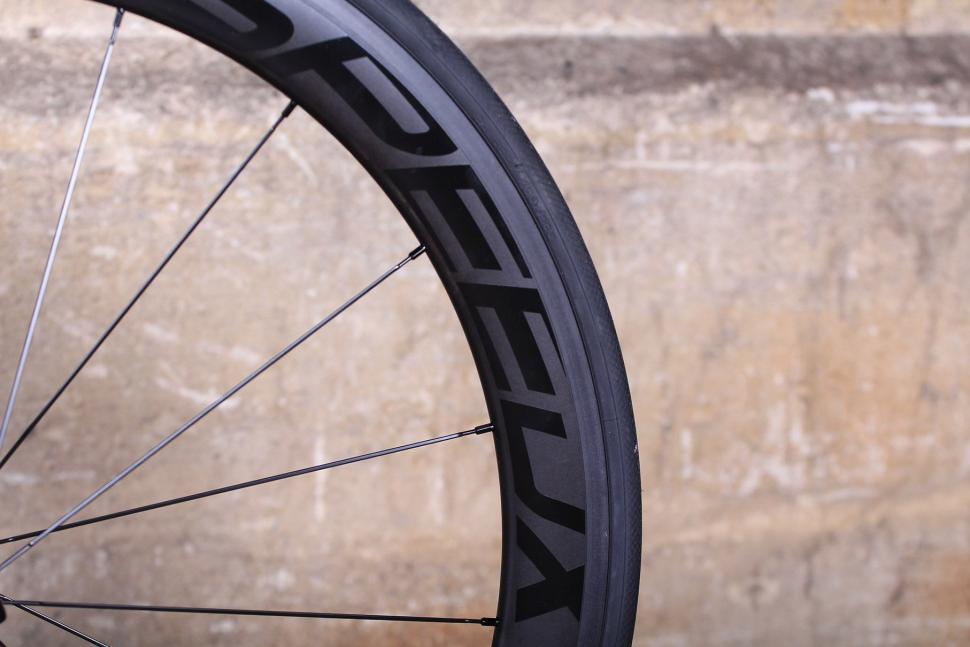

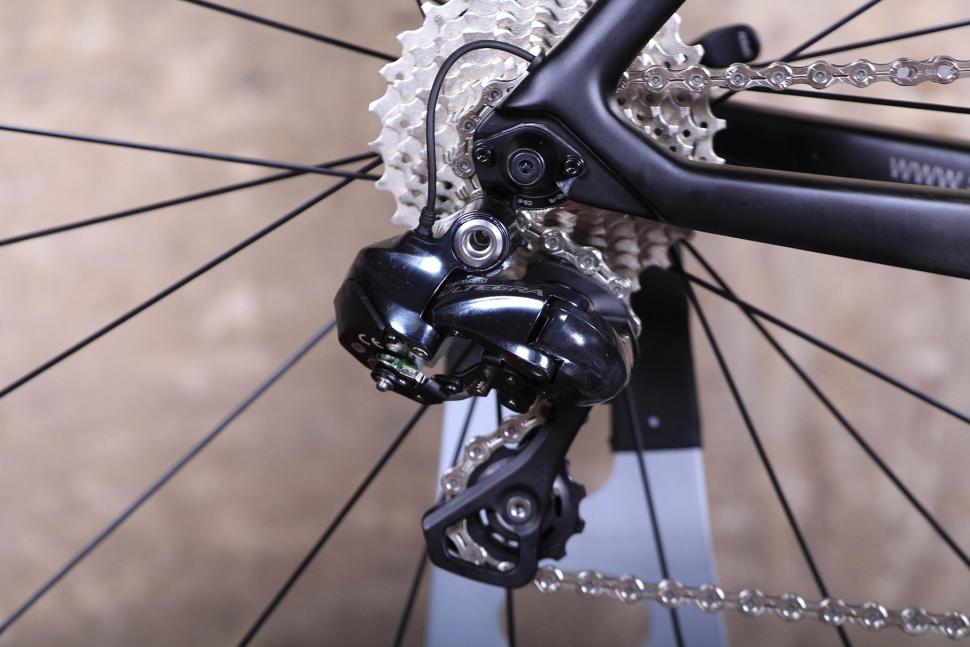
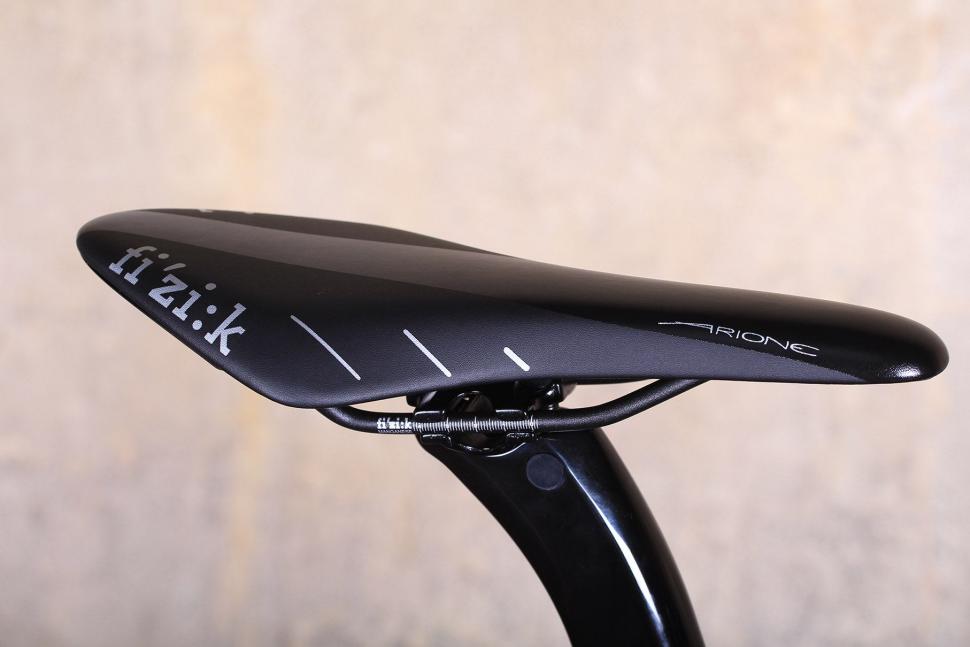
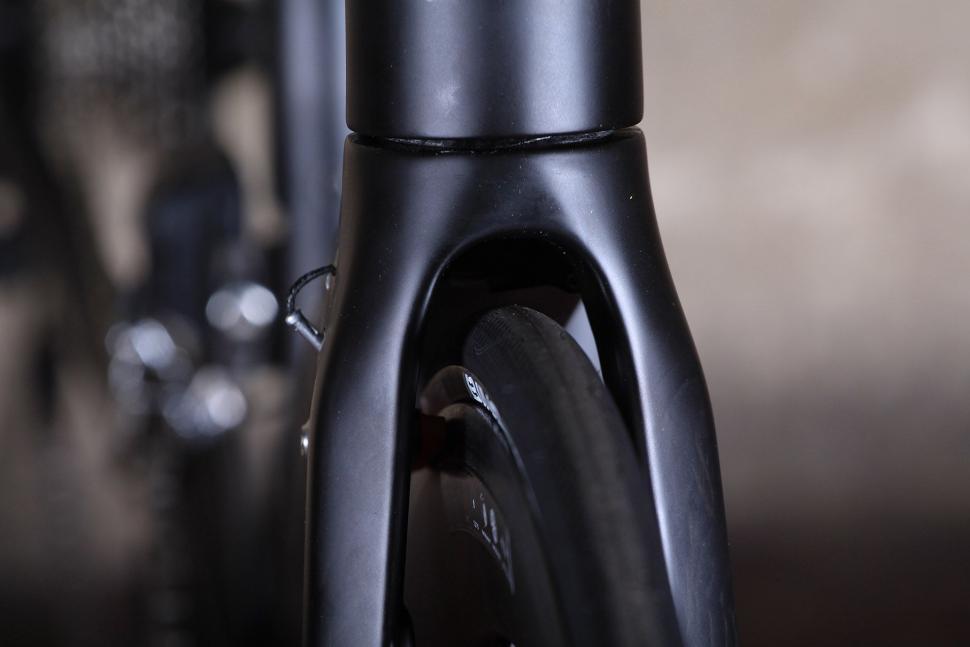
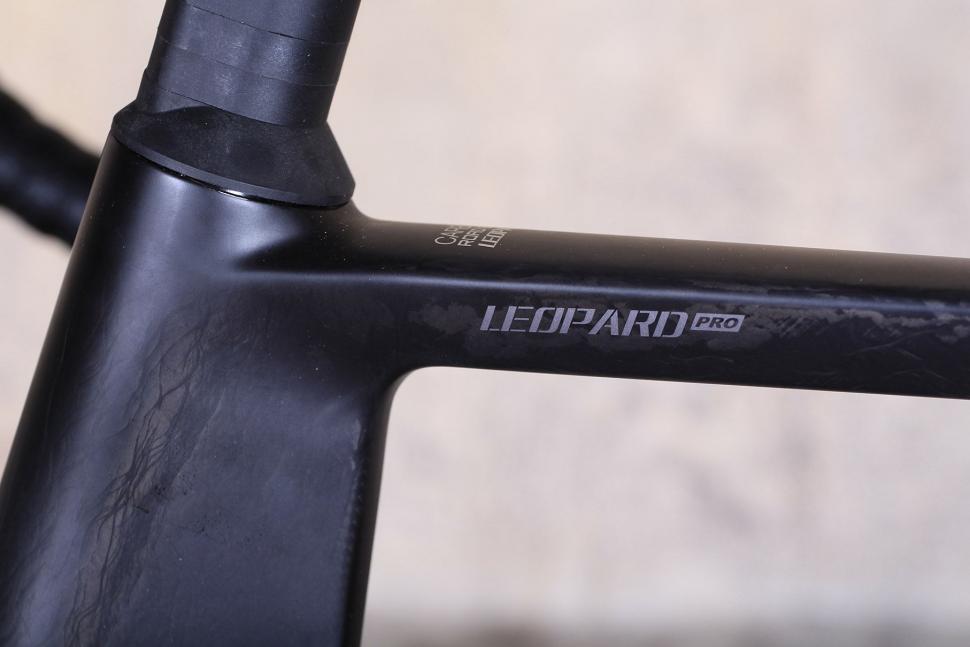

Add new comment
31 comments
well, at 8.7kg it has very little weight.
Pages